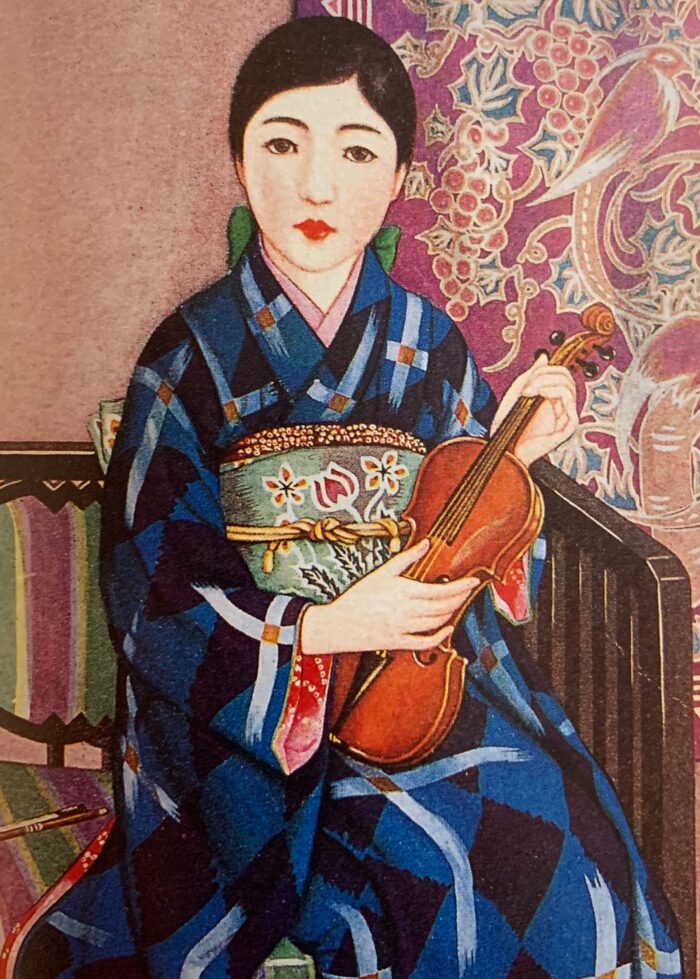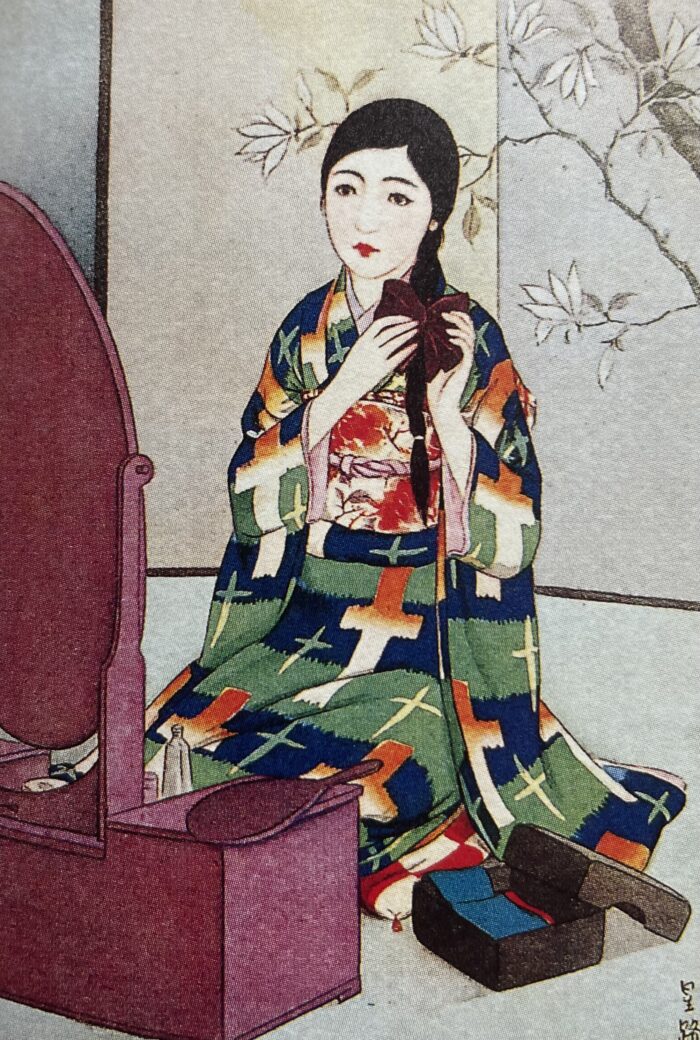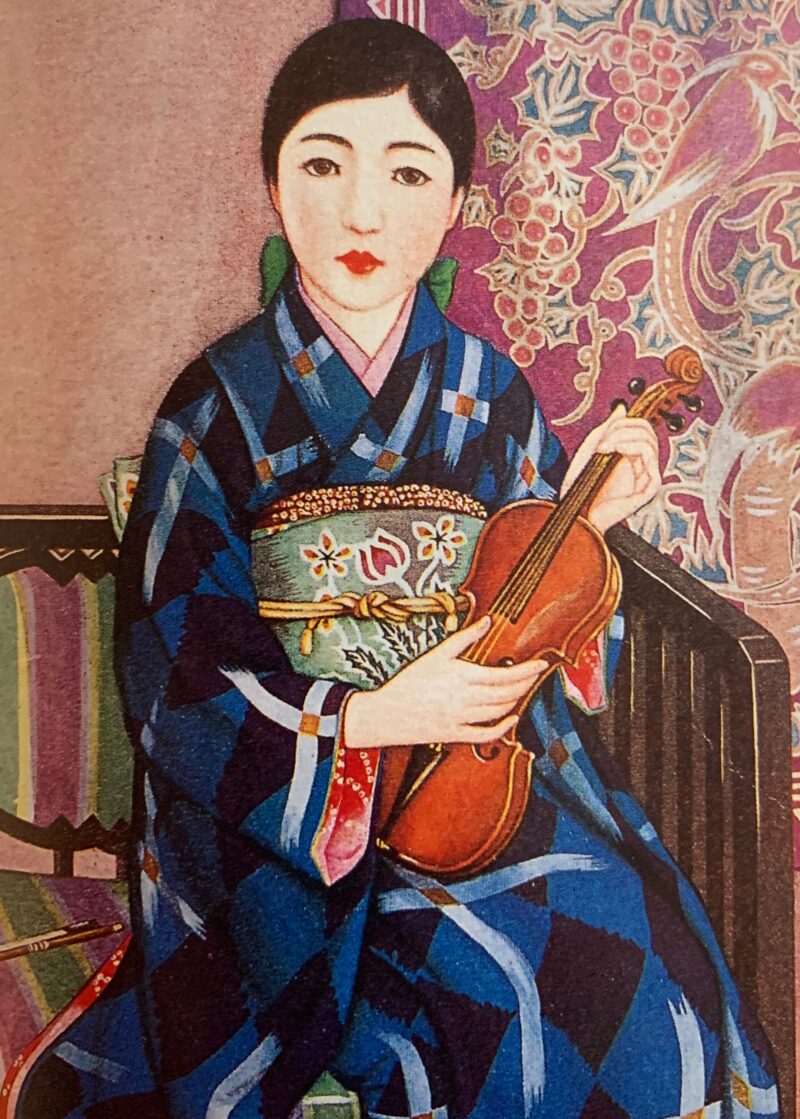The textile technique which became the foundation of Meisen is stripes and ikat. In the 16th century, striped fabrics flowed into Japan through trade with China, India and Southeast Asia, and became popular in the Edo period.
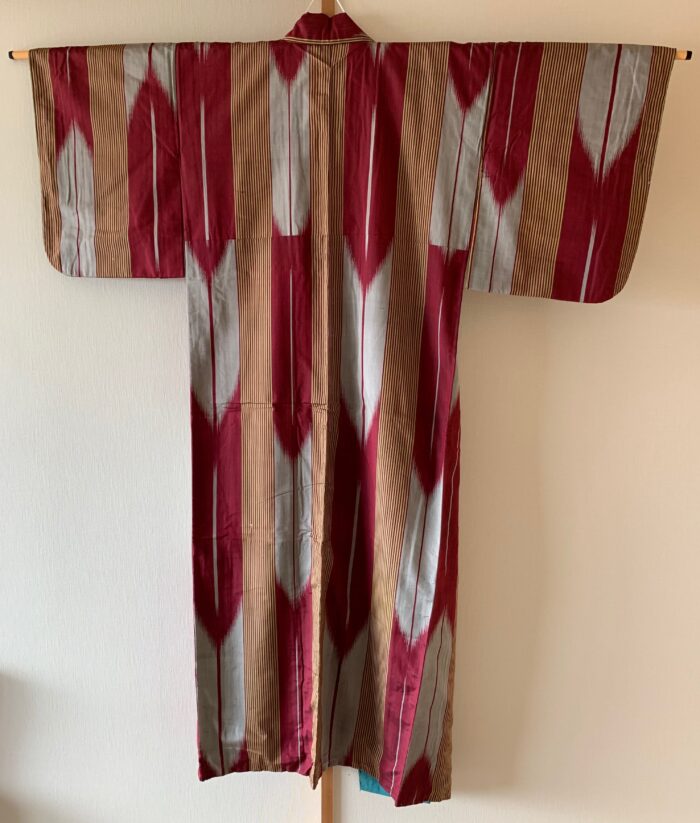
Ikat’s technology was born in Indnesia, it is said to have flowed into Japan via Southeast Asia and Okinawa. This was also mass-produced in the Edo era. Ikat or Kasuri weaves a previously dyed yarn and makes a pattern, so a unique ambiguous pattern can be made. Since Kasuri has been used as a material for everyday wear, in this pattern there are few images of luxury goods. It is probably the image of Kasuri that has been positioned as casual outing clothes between formal clothing (mainly silk) and casual wear (mainly cotton).
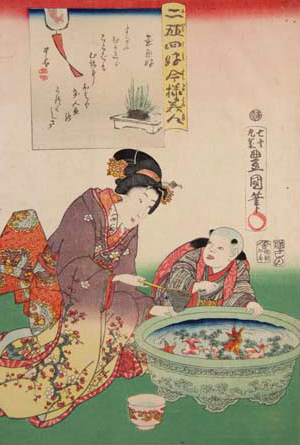
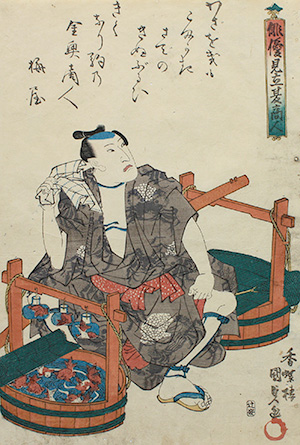
There is a theory. In the precedent of Meisen, there is the French Chiné silk. It was made only in Lyon of France in the 18th and 19th centuries.
In the 18th century, in European court culture, designs of Asia, including pottery, became popular. It is said that Asian fabric ikat became popular and woven actively in France as a women’s costume at the court.
The origin of the name chiné derives from a Western misunderstanding of ikat, the Indonesian word for this traditional resist dyeing-technique. To achieve the meticulously planned patterns, the yarns are tie-dyed prior to weaving. The result is a blurred, cloudy effect between changes in color, a highly desirable aesthetic. In Western fashion, the look of distinct edges were admired and then copied. Ikat dyeing inspired later chiné silk
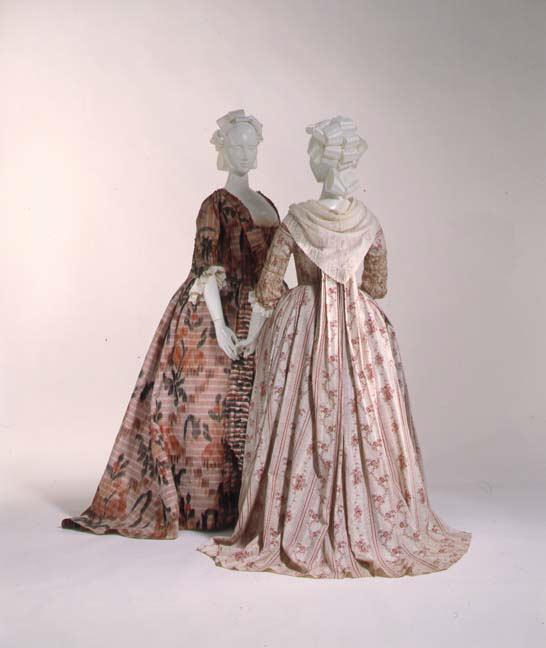
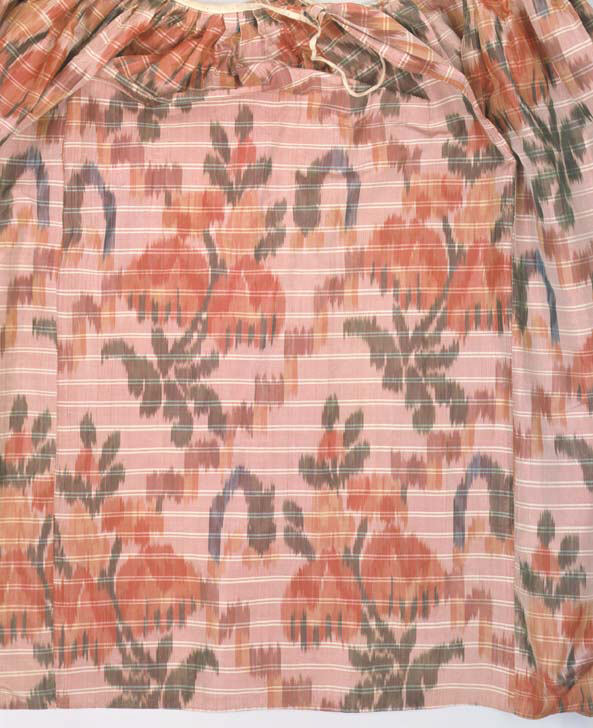
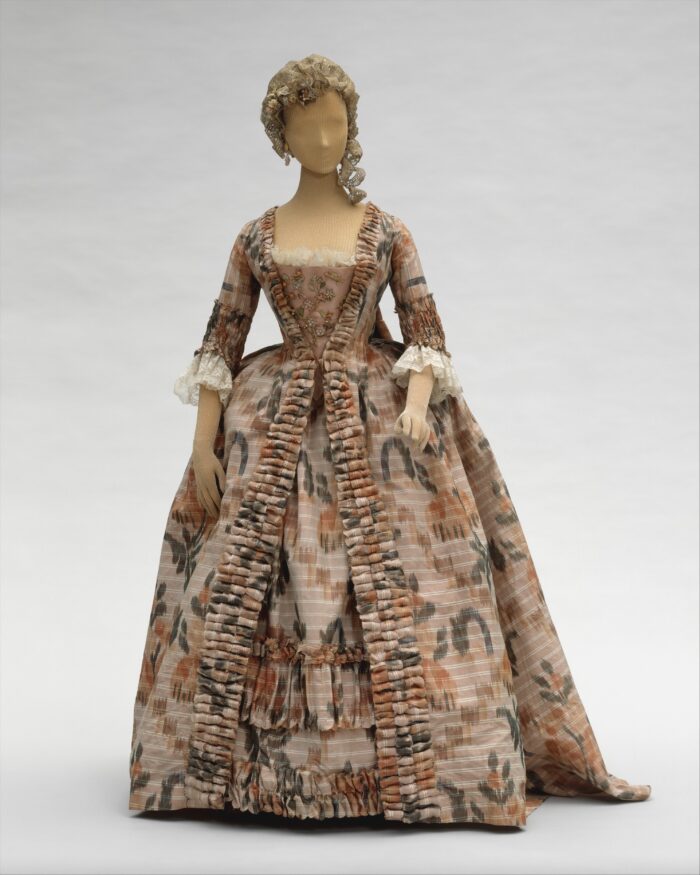
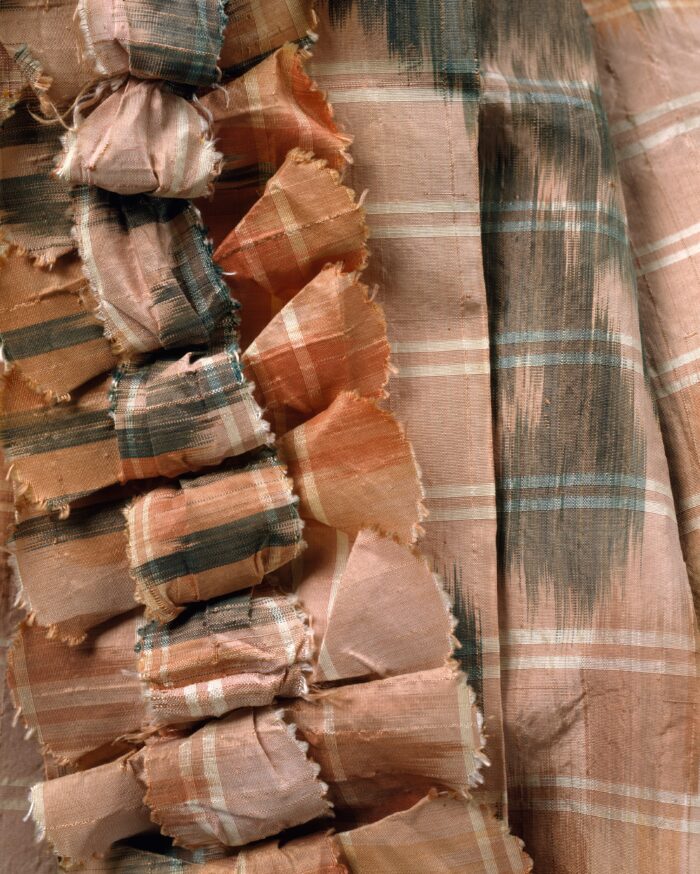
After finishing studying in Lyon, Tokutaro Kondo returned home in 1882, was appointed as the president of Ashikaga industrial school in Gunma. It tells that he applied the technology learned in Lyon to kimono.
In other words, ikat originated from Indonesia and was conveyed to the east and the west, developed in each place. And at the end of the 19th century, French chiné silk and Kasuri or Japanese ikat met. That is the Meisen.
